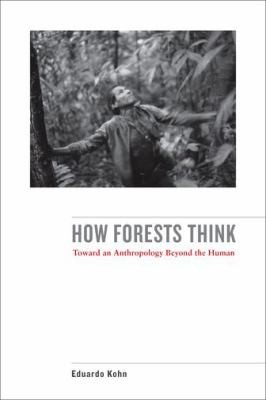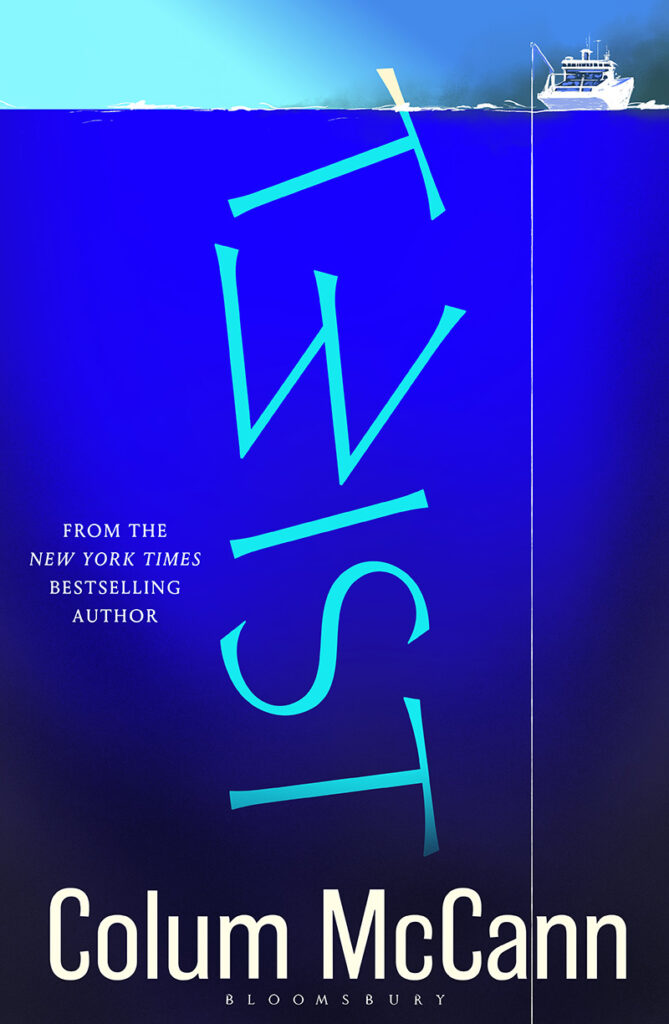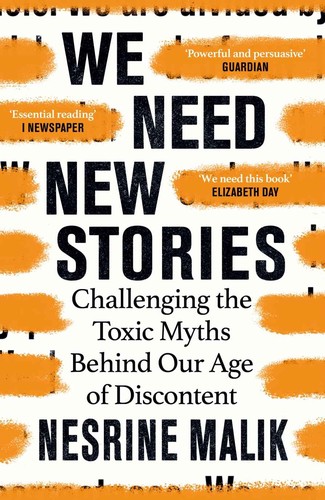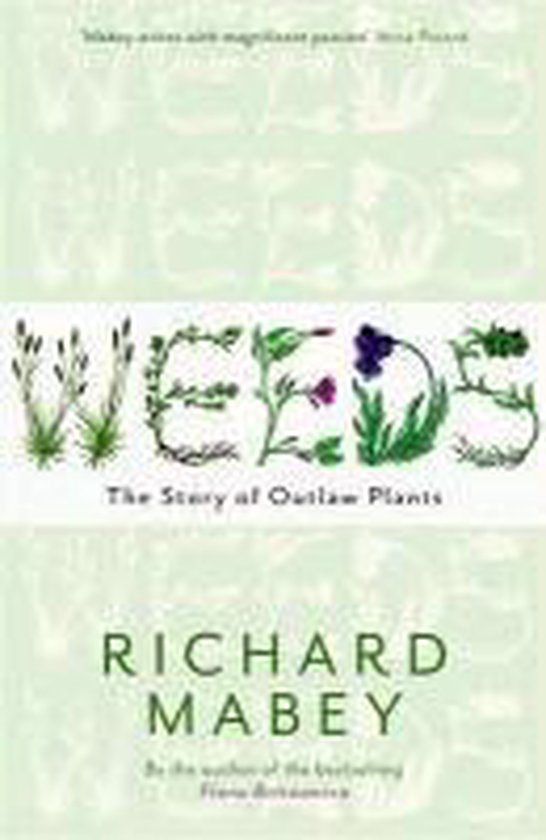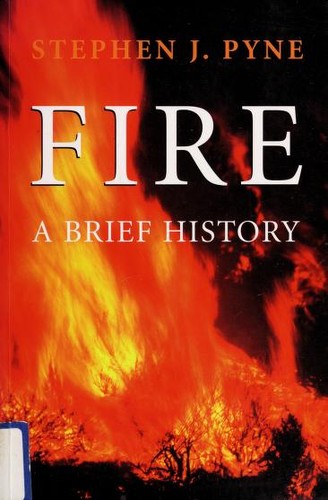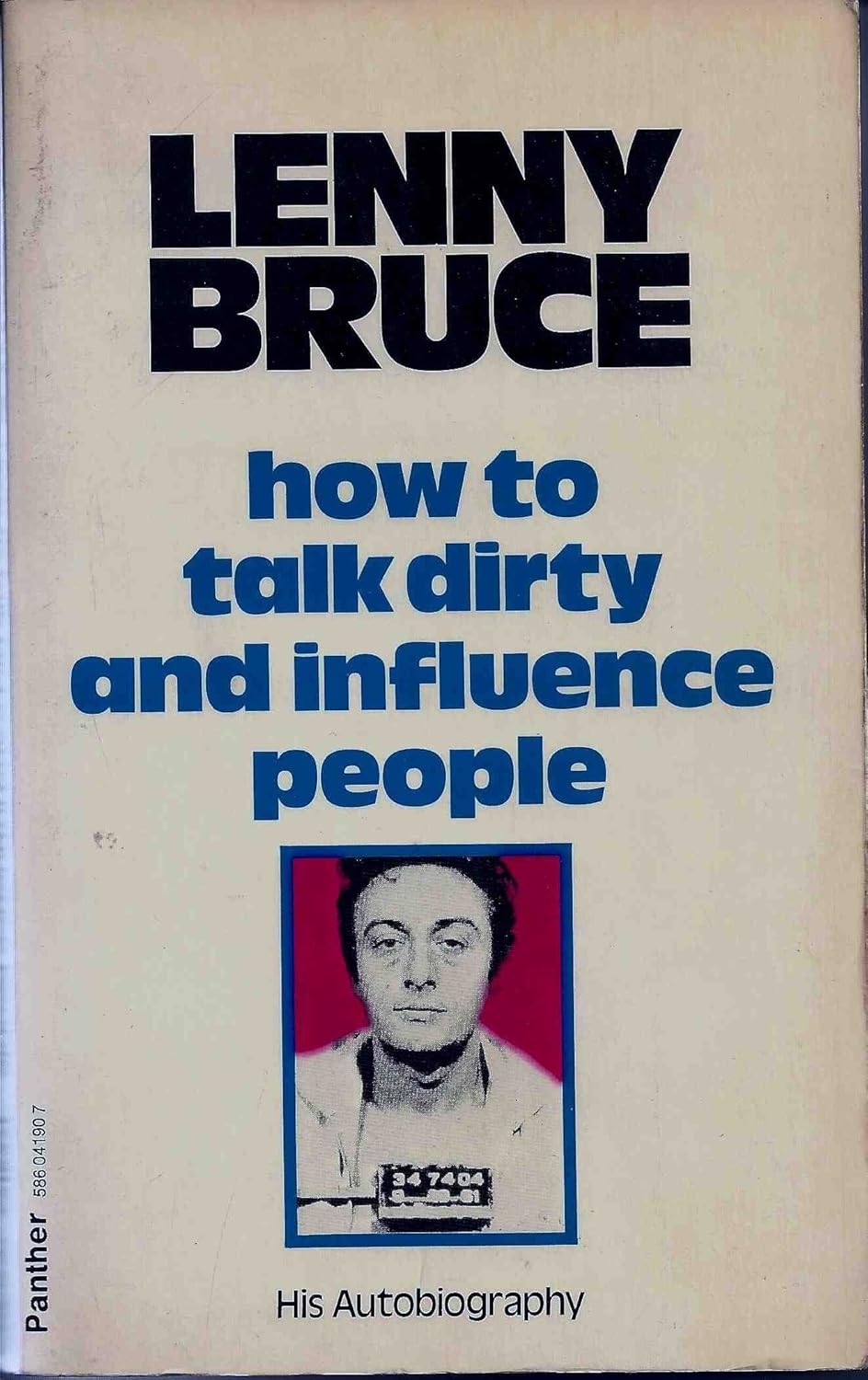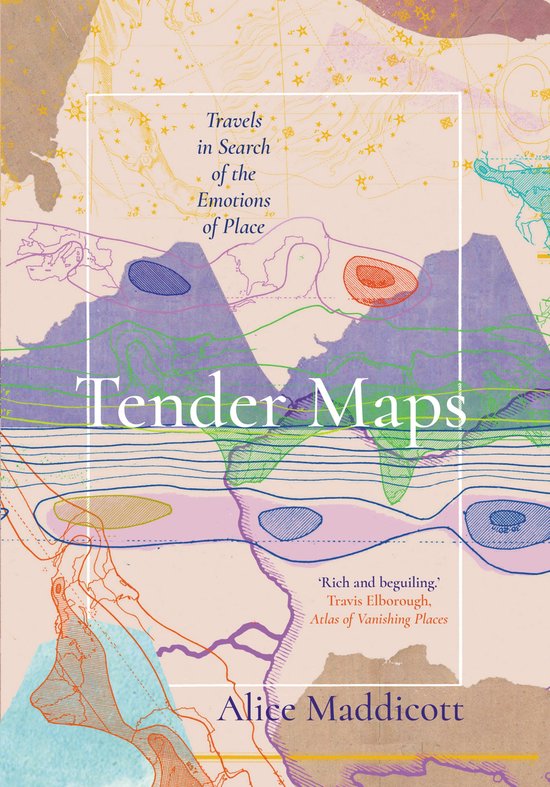Got this from the library after wanting to read it for a long time. It has been referenced in a fair few books I've read.
Reviews and Comments
I arrange things into artworks, including paint, wood, plastic, raspberry pi, people, words, dialogues, arduino, sensors, web tech, light and code.
I use words other people have written to help guide these projects, so I read as often as I can. Most of what I read is literature (fiction) or nonfiction on philosophy, art theory, ethics and technology.
Also on Mastodon.
This link opens in a pop-up window
Fionnáin started reading How Forests Think Toward An Anthropology Beyond The Human by Eduardo Kohn
Fionnáin started reading Twist: a Novel by Colum McCann
I am a big fan of McCann's writing, and am doin project on subsea cables, so I pushed this to the top of my list.
I am a big fan of McCann's writing, and am doin project on subsea cables, so I pushed this to the top of my list.
Fionnáin stopped reading We Need New Stories - the Myths That Subvert Freedom by Nesrine Malik
I enjoy this writing style and agree with the premise, but I feel I'm deeper into this ethic than the book is offering so am not getting much from it. I stopped reading on the third chapter.
I enjoy this writing style and agree with the premise, but I feel I'm deeper into this ethic than the book is offering so am not getting much from it. I stopped reading on the third chapter.
Fionnáin wants to read Sea People by Christina Thompson
I read the review by @DerekCaelin@bookwyrm.social and added this one to my pile (thanks!)
Fionnáin reviewed Weeds: The Story of Outlaw Plants by Richard Mabey
A nice idea, but flawed
2 stars
I love things that grow or live where they are not supposed to be. A book about weeds is right up my alley, and I like the way Richard Mabey writes articles, so I expected to enjoy this. This is a book about weeds, their histories, their travels around the world, and why we think of them as we do.
The chapters each begin on a theme or a story about a weed, but often deviate unpredictably, and this makes the book a little loose and difficult to read. Mabey also has a tendency to situate all of the writing within a British perspective on weeds, which would be OK if he stated this as part of the book, but it feels as if it is just unconscious bias. As a result, the anecdotal moments about weeds growing in bomb sites or the paranoia of giant hogweed being a …
I love things that grow or live where they are not supposed to be. A book about weeds is right up my alley, and I like the way Richard Mabey writes articles, so I expected to enjoy this. This is a book about weeds, their histories, their travels around the world, and why we think of them as we do.
The chapters each begin on a theme or a story about a weed, but often deviate unpredictably, and this makes the book a little loose and difficult to read. Mabey also has a tendency to situate all of the writing within a British perspective on weeds, which would be OK if he stated this as part of the book, but it feels as if it is just unconscious bias. As a result, the anecdotal moments about weeds growing in bomb sites or the paranoia of giant hogweed being a cold war weapon are a little tainted, and the book failed to hold my attention.
Fionnáin reviewed Fire: a brief history by Stephen J. Pyne (Weyerhaeuser environmental book)
A spark but not quite a flame
3 stars
In the academic world of writing about fire, environmental historian Stephen J Pyne is regarded as an international expert. He has a deep understanding of the historical and social practices of fire management and fire ritual in many different cultures.
This book is presented as a brief history. It is brief, but the timeline is extensive, covering everything from pre-human period, through the first uses of fire for land management and hunting, to present-day technologies. Pyne is a good writer and the story is compelling, and he reveals many interesting things about the history of fire and how it has been used and manipulated by people in a multitude of ways. It is also refreshing to see that it is not solely a western story of fire, although it is predominantly.
There are very few references, so as a reader I had to trust Pyne's expertise, and while …
In the academic world of writing about fire, environmental historian Stephen J Pyne is regarded as an international expert. He has a deep understanding of the historical and social practices of fire management and fire ritual in many different cultures.
This book is presented as a brief history. It is brief, but the timeline is extensive, covering everything from pre-human period, through the first uses of fire for land management and hunting, to present-day technologies. Pyne is a good writer and the story is compelling, and he reveals many interesting things about the history of fire and how it has been used and manipulated by people in a multitude of ways. It is also refreshing to see that it is not solely a western story of fire, although it is predominantly.
There are very few references, so as a reader I had to trust Pyne's expertise, and while his knowledge is clearly broad, this type of trust is disappointing in a book of this type.
Fionnáin reviewed The Bride Price by Buchi Emecheta
Caught between tradition and modernity, a girl
4 stars
Buchi Emecheta was one of the generation of Nigerian authors who became world-renowned in the 1960s and 70s, but is often the most overlooked. Her incredible writing never loses pace, and her storytelling is always compelling and pointed. This was originally her first novel, and was semi-autobiographical, but the only copy was destroyed by her abusive husband before it was ever published. Emecheta later rewrote it, and this is the result.
Despite that history, it still feels like a first novel. It tells the story of Agu-nna, a girl becoming a woman in Lagos in the 1950s, whose father dies early in the story from illness caused by his time fighting with the Allies in World War II. Agu-nna has to move back to her father's village with her mother and her brother, and encounter the old ways of rural Nigerian life. The pacing and moments in the story …
Buchi Emecheta was one of the generation of Nigerian authors who became world-renowned in the 1960s and 70s, but is often the most overlooked. Her incredible writing never loses pace, and her storytelling is always compelling and pointed. This was originally her first novel, and was semi-autobiographical, but the only copy was destroyed by her abusive husband before it was ever published. Emecheta later rewrote it, and this is the result.
Despite that history, it still feels like a first novel. It tells the story of Agu-nna, a girl becoming a woman in Lagos in the 1950s, whose father dies early in the story from illness caused by his time fighting with the Allies in World War II. Agu-nna has to move back to her father's village with her mother and her brother, and encounter the old ways of rural Nigerian life. The pacing and moments in the story show the promise of a young writer, which can be a little jarring at moments, but most of the delivery is that of a seasoned craftsperson; the themes move between imperialism, colonialism, tradition and modernity. It is deeply compelling, and somehow Emecheta manages to show sympathy and empathy to all characters, traditions, and social entanglements, which is the writer's warmest gift.
A life story that finished too soon
3 stars
I am a big fan of the few remaining film snippets of Lenny Bruce doing stand-up or television appearances. His comedy was sharp, biting, and remains incredibly relevant despite his having died too young in the 1960s. This book is his story, originally published in Playboy Magazine for his friend Hugh Heffner, at a time when that magazine was considered counter-cultural and revolutionary.
Bruce's experiences in World War II, his childhood in poor Jewish New York, his con artistry, and his later life being hounded by police for 'obscenity' were all hard tales to read because he wrote them while he was still trying to drag himself out of the depths of this; knowing that he never made it makes it all sadder. He writes with a light humour with dark undertones, with moments that are dated and other that made me laugh until I cried.
I am a big fan of the few remaining film snippets of Lenny Bruce doing stand-up or television appearances. His comedy was sharp, biting, and remains incredibly relevant despite his having died too young in the 1960s. This book is his story, originally published in Playboy Magazine for his friend Hugh Heffner, at a time when that magazine was considered counter-cultural and revolutionary.
Bruce's experiences in World War II, his childhood in poor Jewish New York, his con artistry, and his later life being hounded by police for 'obscenity' were all hard tales to read because he wrote them while he was still trying to drag himself out of the depths of this; knowing that he never made it makes it all sadder. He writes with a light humour with dark undertones, with moments that are dated and other that made me laugh until I cried.
Fionnáin reviewed Through Vegetal Being by Michael Marder
Two worlds entangled
5 stars
Through Vegetal Being is a gorgeous philosophy book that manages to explore topics deeply using very different methodologies and schools. Luce Irigaray and Michael Marder collaborate. They wrote to one another with the same chapter titles, then later combined the book into two perspectives on the same thoughts.
I took joy in jumping from one half to another. Irigaray writes from her experiential perspective, taking embodiment and personal relationships with plants as core to her writing. Marder is more historical and western-academic, yet retains a thoughtful and artistic writing. Both are beautiful at different moments, presenting personal perspectives on how we engage with the world of plants. The result is a book that I loved every moment of, and will read again I am sure.
Fionnáin wants to read Tender Maps by Alice Maddicott
Fionnáin started reading String Figures by Mario Schulze
Fionnáin started reading We Need New Stories - the Myths That Subvert Freedom by Nesrine Malik
Fionnáin wants to read Ireland's Generous Nature by Peter Wyse Jackson
Recommended by an ecologist in the pub after a talk I gave
Fionnáin started reading Weeds: The Story of Outlaw Plants by Richard Mabey
This one has been on my list for a long time. Got it from the library and even then I haven't opened it for weeks so I'm finally giving it a go.
This one has been on my list for a long time. Got it from the library and even then I haven't opened it for weeks so I'm finally giving it a go.


